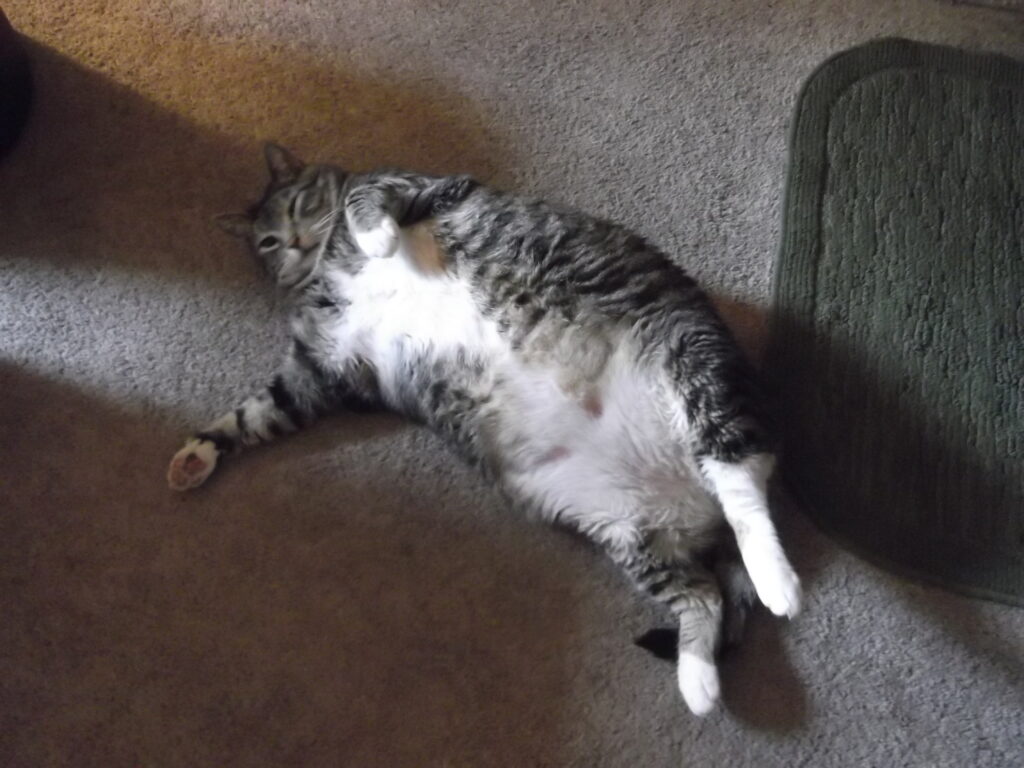From fiction writing to memoir to essay, scenes anchor our readers in time and space. Yet our scenes can be even more effective if they also do these three things.
Writing Tip for Today: What are three ways to make scenes more effective?
Create the World
Your scene’s goal is always to create a world where readers can immerse themselves. You have promised them a story and scenes help you act out that story, step by step. A written world is much more than a fantasy map or simple description. To breathe life into your landscape, you’ll need vivid descriptions, a driven character and a goal that seems out of reach.
All that adds up to conflict and tension. Your description of the time, place, character and so on relies most heavily on Concrete Sensory Detail to engage readers. We’ve talked about CSD often, but in case you’re new, Concrete Sensory Detail refers to the specific and particular, the information taken in by the five senses and by intimate knowledge of details most people can relate to.
You are an astute observer. You notice small quirks about people and things, places and events. Put this observation to good use in your character. But keep the pressure on through oppositional characters (bad guys), situations and temporarily thwarted goals. In other words, don’t make it too easy!
Make it Multipurpose
Many writers don’t make best use of their scenes. You know each scene must have a purpose, which is good. But are you giving each scene the opportunity to serve more than one function? Nathan Bransford has a great blog post here about helping scenes do double duty. His advice is to make your scenes do more than just one thing—such as getting a character from A to B. Instead ask yourself how you can make the scene more “lively, enriched and unexpected.” I love that part about unexpected!
If you can get above your story plot with sticky notes or a spreadsheet, you’ll be able to track your scene’s movements in a more straightforward way. Try to combine goals as often as possible—maybe you need to intro a new character as well as get Main Character from A to B. By combining these goals, the reader is rewarded with a scene that fully engages.
A word about these multipurpose scenes: you may not be able to accomplish this on the first draft. Especially if this is your first book-length work, it’s common to not be able to see the forest for the trees until you begin revisions. If you start rewriting and see that your story marches along in too-linear a fashion, you can then combine scene goals, consolidate characters or otherwise pump up the scene. Also, don’t forget about adding in micro-tension in every line.

Add micro tension in every line.
Go for the Heart
Micro-tension helps readers’ sense of foreboding as they go through the scene. Many times, the best micro-tension will be in your character’s emotions. How your character reacts to events, dialogue and even body language gives readers necessary clues to the scene.
As you act out a scene, put emotion front and center. Readers are driven by how a scene makes them feel. Don’t be maudlin, but do help readers understand your character’s state of mind at any time. If your character is tense or anxious, reflect that feeling in her thoughts, words and actions. If angry, don’t simply say so. Show us how anger influences thoughts, feelings and actions.
Writing scenes requires us to juggle many elements at once: info, CSD and emotions, to name a few. If you are afraid your scene will come off as melodramatic, write it anyway. In my opinion, it’s better to pump too much emotion into a draft and later, tone it down. If your scenes achieve the lively, enriched and unexpected threshold, your readers will clamor for more.





